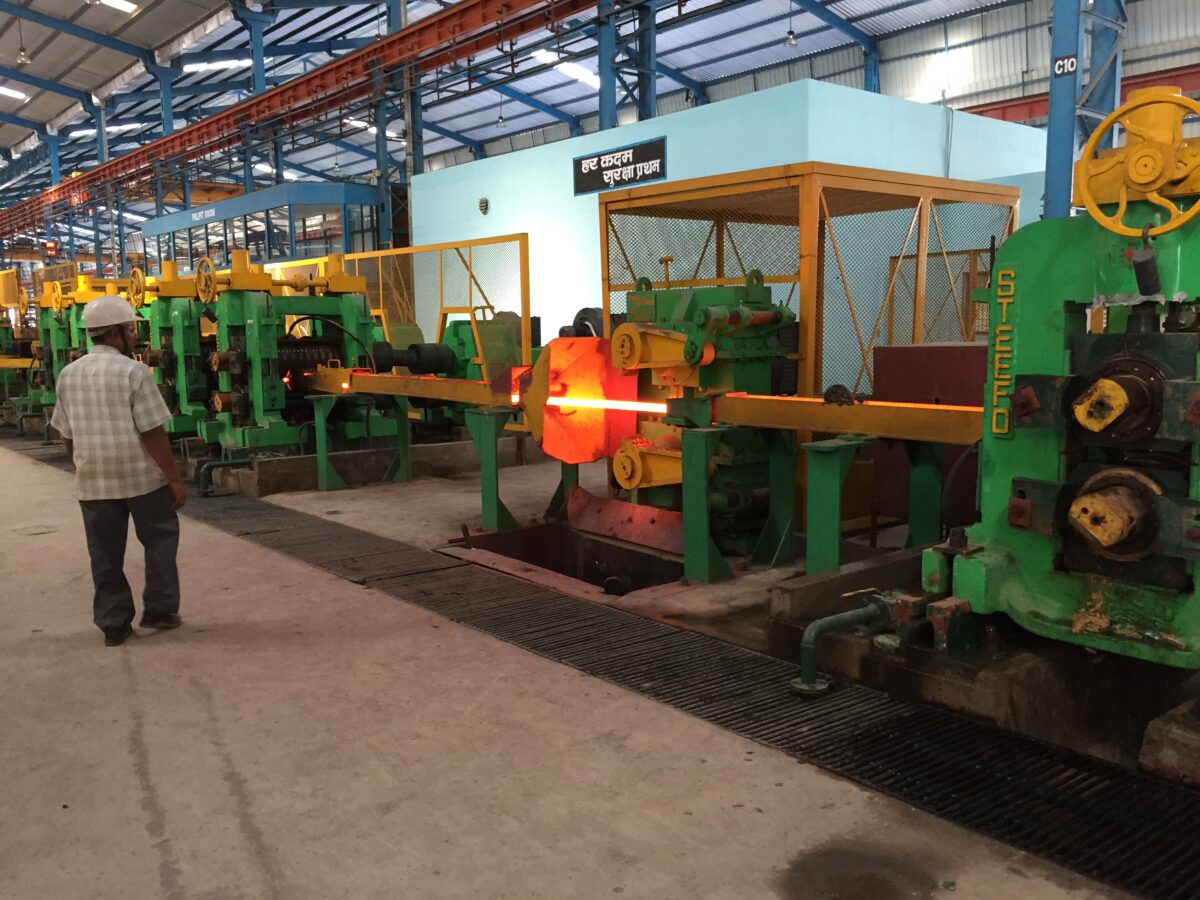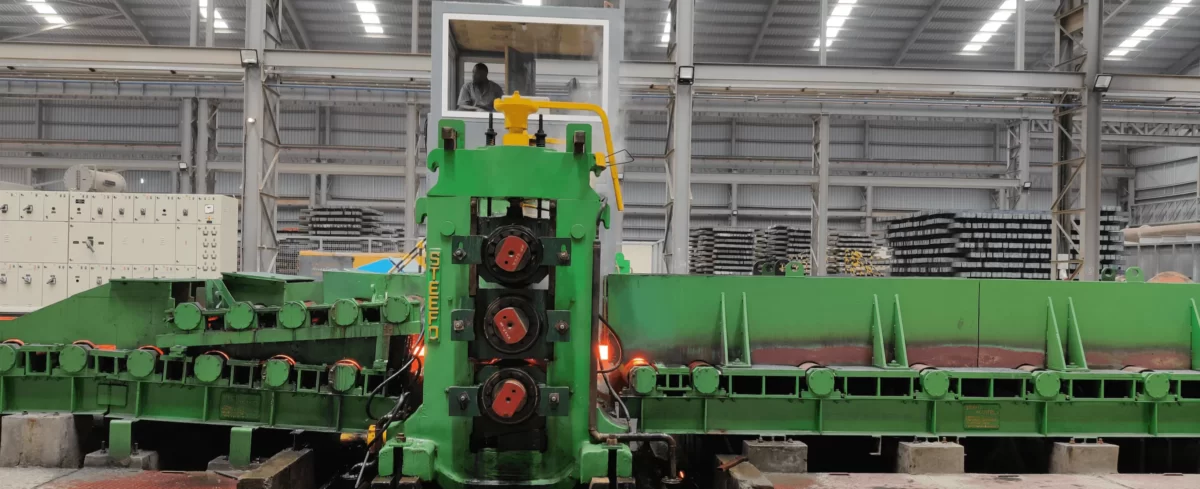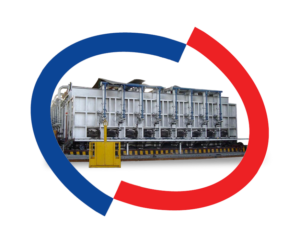The Indian construction industry has gone through a transformative phase since the late 1990s, both in technology and research. The proof of this rapid developmental stride is in the steel industry’s products- most of today’s products did not exist a decade ago. The industry has also made its presence in India’s numerous developmental plans in rural, urban and metropolitan areas. With the introduction of robust technological advancements, the popularity of steel products has also increased in the nation.
But to be the future of any industry, products must meet the growing consumer demands and address the environmental factors. Historically, the steel industry has always been associated with ecological deterioration and destruction. To improve upon that aspect, the steel and construction industry worldwide has advanced into more environmentally conscious modes of production. The goal is to become more sustainable and reduce the industry’s carbon footprint.
Here is where products such as the TMT bars come into action. TMT bars have proven to be the solution as the bars have adapted to future demands. Let us find out how they have proven to be a massive asset to the construction industry.
What are TMT Bars?
Before we delve into the benefits, let’s find out all about TMT bars? ‘Thermo Mechanical Treatment’ bars, better known as TMT bars, are among the most necessary construction materials worldwide. They are high-strength reinforcement bars manufactured using a distinctive technique that endows them with a rigid outer surface and a soft internal core, making them strong yet flexible.
TMT bars are steel bars of a new era, suited for concrete reinforcement. These bars are employed widely in modern-day construction work, emphasising quality, safety, and longevity.
Before TMT Bars
Before TMT bars came into the industry, Cold Twisted Deformed Bars, also known as CTD bars and M.S or Mild Steel Bars, were used for Reinforced Cement Concrete work. These bars failed to deliver on ductility and corrosion resistance compromising structural integrity in the long run. Hence, TMT bars came into existence to combat the downsides of previous construction materials and have now evolved into the most commonly used material for long-lasting structure construction.
Why is TMT Bar The Future of the Industry?
When we observe the construction industry’s economy, we can witness the advent of the TMT (Thermo mechanically treated) steel bars. These bars are paving a new epoch of advanced growth and demand graph in the steel market.
Here is the reason why we are seeing such growth:
1. Recyclability and Waste Management
The steel industry is circular, meaning that the generated waste can be used as an input in further production without losing its core properties. Therefore a waste generated can easily be melted and reconstructed, raising the rates of recovery in comparison to other products. It is also relatively easy to recover steel from other waste materials. At present, recycled steel represents as much as thirty percent of the whole new production process of steel making.
2. Longevity
A key reason why TMT bars are becoming the face of the future of construction is their longevity. TMT bars production takes place, keeping in mind durability. Before TMT bars, iron rods were used in construction, making them prone to corrosion. For example, during the CTD bar manufacturing process, the method of twisting the rods negatively affects the ductility of the bar. It also breaks the protective blue oxide, making the CTD bars susceptible to corrosion.
On the other hand, TMT bars obtain anti-rust properties during the manufacturing process. Due to the intense cooling, coarse carbide, which is the foremost cause of the corrosion, does not get a chance to build up, creating the most durable bars.
3. Strength
Compared to ordinary reinforcement bars, the strength of TMT bars sets them apart and makes them the most suitable choice for any construction. The reason behind their strength and ductility is the extreme cooling it receives. The manufacturing process passes through a water cooling system which causes the outer surface to toughen. The ribbed texture of the TMT bar also allows better adhesion with the concrete, offering it more strength, while the flexibility makes it easier to work with.
4. Disaster Resistant
All scenarios are considered during construction, even the possibility of man-made or natural disasters. TMT bars are known to be earthquake and fire-resistant, making them a safer choice than other bars.
The advantage of using TMT bars is their high thermal stability. Because of this property, they can tolerate severe temperatures varying from 400 to 600 degrees Celsius and maintain more than 80% of their ambient temperature yield strength at 300°.
TMT bars are a staple in earthquake-prone zones due to their ability to withstand high levels of stress and pressure because of their fatigue-resistant properties. The soft inner core and the rigid exterior make the bars very ductile, which permits them to absorb shock causing minimal damage to the structure.
5. Weldability
Architects and engineers are looking to create more unorthodox and unique designs in this modern era without compromising basic structural integrity. TMT bars have high weldability because of the low carbon content. Also, since there is no pre or post-welding treatment, the process is more efficient for the workers.
The Future of TMT Bars
The growth potential of TMT bars is very promising, mainly because of the speed and scale of the infrastructure and the construction activities. Since India is still a budding market, construction-related works have a tremendous scope, which can pump the demand potential in the steel and TMT industry markets.
Reach out for High-Quality and High-Performance Products
The Steefo Group has been the most trusted name in precision designing, manufacturing, and providing top-notch products and solutions in the field of steel rolling for four decades. They are also pioneers in providing consultancy and manufacturing of rolling mill plants.
For queries related to TMT bar rolling mills, you can reach out to us by calling us at +919824076873 or write to us at marketing@thesteefogroup.com. You can also check with our consultants to understand TMT rolling mill project costs! We would be happy to help!


